Paul Allik
(1946–2003)
Usspass (Namiibia). 1996
Oil on canvas. 64 x 70 cm
price 2 142 (sold)

Paul Allik is a rare example in the modern Estonian art history. Allik, having received his initial education in Tartu Art School, did not penetrate into the core of avant-garde immediately in 1960ies while starting with his exhibitions. A certain saucy diffidence towards the graduates of the Tartu school, prevailing in the art world of that period, directed Allik to totally different paths while comparing with “the art of Tallinn”. But just so, by consistently walking along his own path, Allik still developed into one of the most significant painters of the 1980ies and 1990ies. While doing things his own way, an important role was played by a legendary anchoret, one of the most significat post-war bearers of the “Pallas” values, Alfred Kongo. Kongo, whose certain positioning was difficult, was in his creation very stubborn, working in exactly such manner as his heart told him to, not following fashion trends. It is Kongo, from who Allik received his brilliant skill to control colours, which in a paradox manner enabled him to scatter them in his later creation onto the canvas in a very different manner. When Kongo’s colours are controlled in an emphasized manner, then Allik is cheerful, even dissipating. His colours are from another edge of the palette – happy, optimistic, extending of the space experience. He was called in a justified manner “a painter with a sensitive and light hand”, furthermore – in Allik was seen a painter par excellence. Really, when in the 1990ies, when the novelty of painting became under question, it was Allik, who continued with unshakeable serenity walking on his personal path.
Being an artist is his real essence. Allik moved peacefully in different spheres of painting: from the portraits of the 1970ies he reached the expressionism of the 1980ies and from there on to the painting of the 1990ies, which included traits of abstractionism. None of his works express pretence, following of models, the will to settle down in a certain trend. He always remained himself.
It is somewhat remarkable that Allik stayed on the foreground in the 1990ies. Allik, who had always emphasized the classical values of painting – colour, composing of light and space – did not match the mood of the era. But still. It was mid-1990ies, when Allik was asked to participate in a number of exhibitions, in 1994 he received the annual prize of painting – Allik was undoubtedly in his top shape. Two years later the artist decided to continue old traditions and headed with his painting-box … for Africa. While travelling among other countries also in Namibia, Allik was a real author of the beginning of the century: he sat down where the view charmed his artist’s eye the most. After finishing of the preliminary work, during the final painting process, Allik was like Mägi at Saaremaa: light, quick, improvisational, free. This was obvious while looking at works by Allik: a lot of air and space, no signs of limitations. The horizon has been pushed into the distance, leaving room for the multi-coloured African nature. The brush is moving rapidly both on the canvas and the palette, the abundance of colours is organised but playful. Allik undoubtedly is making use of all painting possibilities. We may be quite convinced: while painting in Africa, Allik was at the peak of both his abilities and creative freedom.
Being an artist is his real essence. Allik moved peacefully in different spheres of painting: from the portraits of the 1970ies he reached the expressionism of the 1980ies and from there on to the painting of the 1990ies, which included traits of abstractionism. None of his works express pretence, following of models, the will to settle down in a certain trend. He always remained himself.
It is somewhat remarkable that Allik stayed on the foreground in the 1990ies. Allik, who had always emphasized the classical values of painting – colour, composing of light and space – did not match the mood of the era. But still. It was mid-1990ies, when Allik was asked to participate in a number of exhibitions, in 1994 he received the annual prize of painting – Allik was undoubtedly in his top shape. Two years later the artist decided to continue old traditions and headed with his painting-box … for Africa. While travelling among other countries also in Namibia, Allik was a real author of the beginning of the century: he sat down where the view charmed his artist’s eye the most. After finishing of the preliminary work, during the final painting process, Allik was like Mägi at Saaremaa: light, quick, improvisational, free. This was obvious while looking at works by Allik: a lot of air and space, no signs of limitations. The horizon has been pushed into the distance, leaving room for the multi-coloured African nature. The brush is moving rapidly both on the canvas and the palette, the abundance of colours is organised but playful. Allik undoubtedly is making use of all painting possibilities. We may be quite convinced: while painting in Africa, Allik was at the peak of both his abilities and creative freedom.
Booking and purchase
Appearance in auctions

Lying Nude
1995. Oil, cardboard 50 x 60 cm (framed)
ESTONIAN ART CLASSICS, PART II Haus Gallery 03.11.2024
4 600
Final price:

Still Life
1999. Oil, canvas 53 x 65 cm (not framed)
ESTONIAN ART CLASSICS, PART II Haus Gallery 03.11.2024
4 400
Final price:
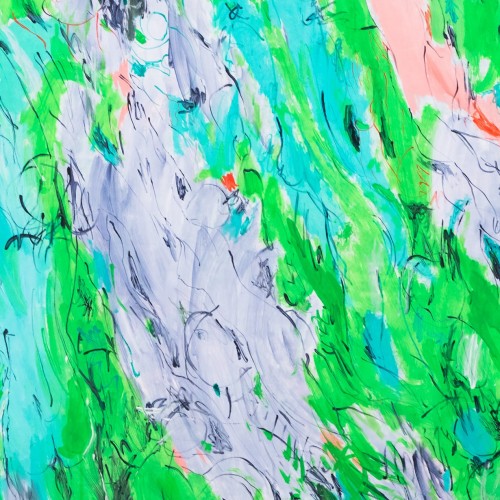
Aspirants
1990. Oil, canvas 95 x 110 cm (framed)
ESTONIAN ART CLASSICS AUCTION: Haus Gallery 05.05.2024
7 800
Final price:
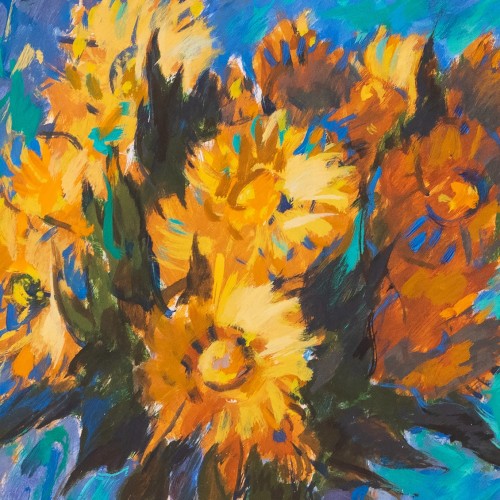
Marigolds on a Blue Backround
1990s. Oil, masonite 40 x 30 cm (framed)
ESTONIAN ART CLASSICS AUCTION: Haus Gallery 05.05.2024
1 700
Final price: 1 700
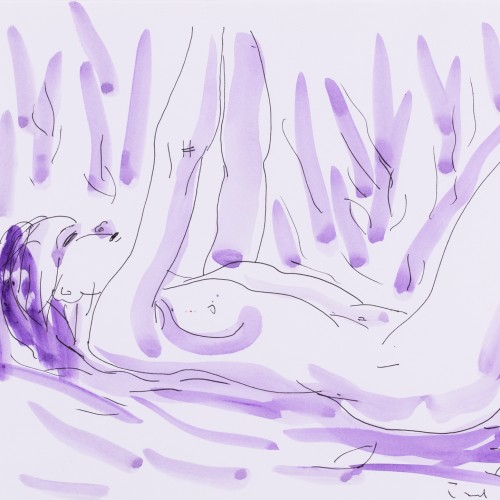
Reclining Nude in Violet Light
1998. Mixed media, paper Lm 30 x 40 cm (framed)
GRAPHIC ART CLASSICS Haus Gallery 03.11.2022
1 200
Final price: 1 200
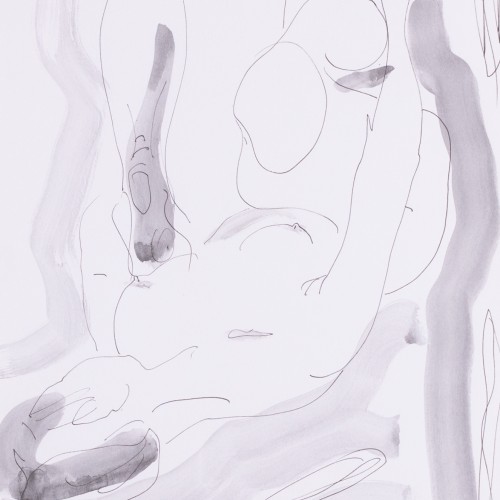
Reclining Nude in Grey Light
1999. Mixed media, paper Lm 30 x 42 cm (framed)
GRAPHIC ART CLASSICS Haus Gallery 03.11.2022
1 200
Final price:
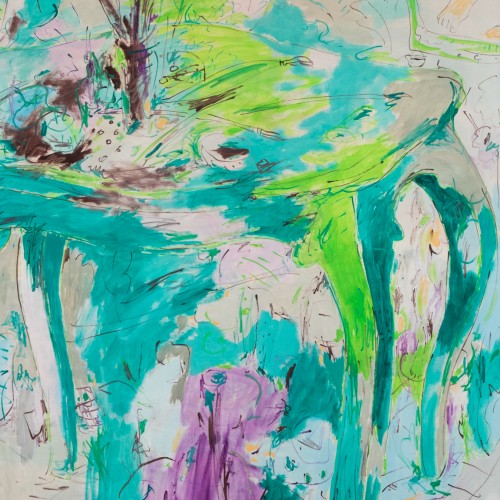
An Idyl With a Green Table
1989. Oil, canvas 114.5 x 140 cm (framed)
CONTEMPORARY ART CLASSICS Haus Gallery 30.10.2022
11 000
Final price:
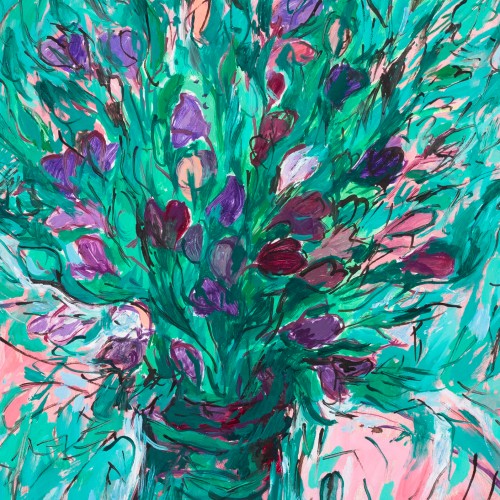
Flower peas
1988. Oil, cardboard 45.5 x 36 cm (framed)
CONTEMPORARY ART CLASSICS Haus Gallery 30.10.2022
2 900
Final price:
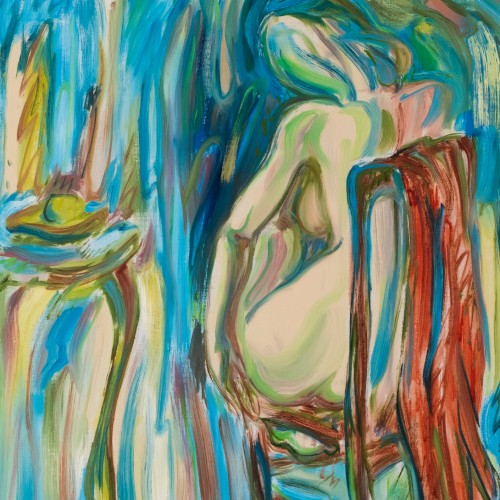
Sitting Nude
2001. Oil, canvas 55 x 49 cm (framed)
CONTEMPORARY ART CLASSICS Haus Gallery 30.10.2022
2 600
Final price: 7 400
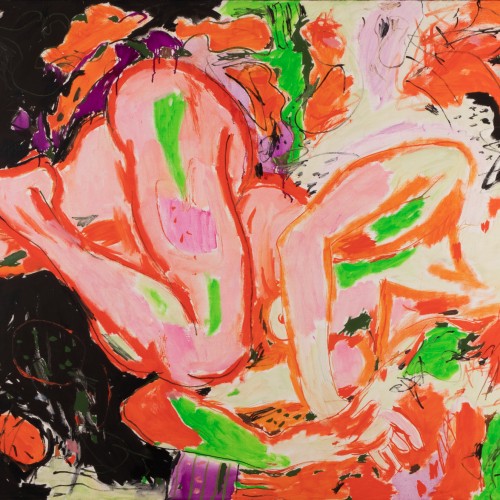
Nude With Orange and Green
1991. Acrylic, canvas 96.5 x 145 cm (framed)
EESTI MOODSA KUNSTI KLASSIKA OKSJON Haus Gallery 08.05.2021
6 300
Final price: 17 200
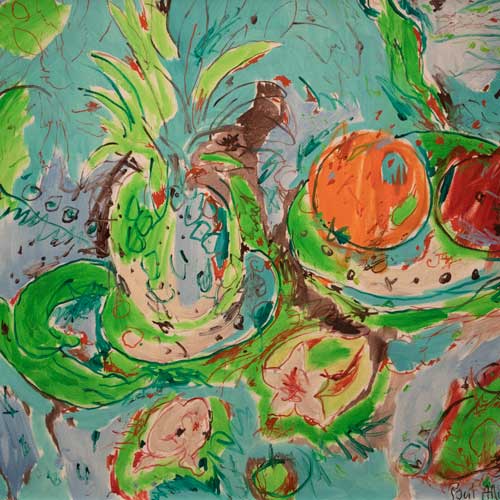
Natüürmort ananassiga
1990. Oil, canvas 61 x 75 cm (framed)
Haus Gallery's Autumn Auction Haus Gallery 01.11.2018
1 900
Final price: 4 050
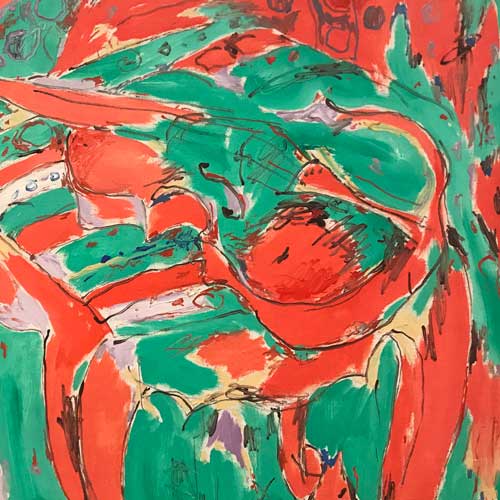
Viiul
1990. 47 x 55.5 cm (framed)
Haus Gallery's anniversary auction Haus Gallery 03.11.2017
1 100
Final price: 2 150
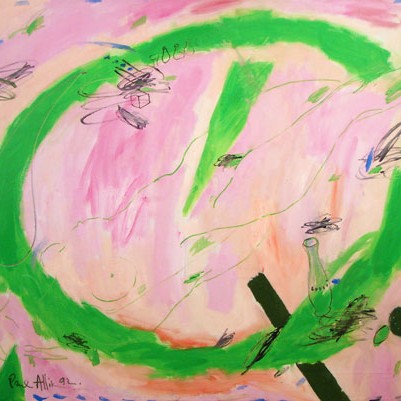
Roheline ring
1992. oil on canvas 75 x 88.5 cm (not framed)
HAUS GALLERY XXXVI ART AUCTION. 2014 autumn Haus Gallery 06.10.2014
2 800
Final price:
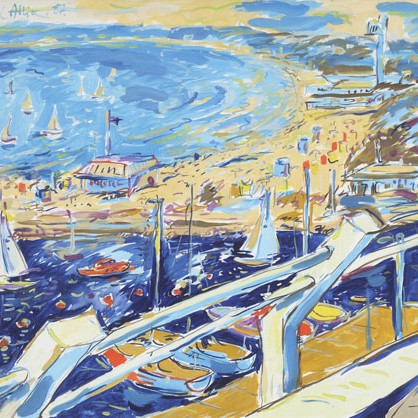
Pirita
1987. oil on canvas 75 x 85 cm (framed)
Haus Gallery 08.11.2010-10.11.2010
2 173
Final price:
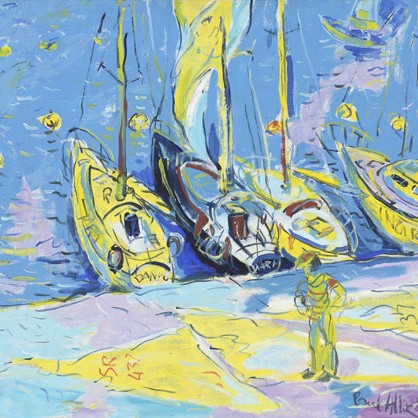
Jahtklubis
1987. oil on canvas 85 x 95 cm (framed)
Haus Gallery 08.11.2010-10.11.2010
2 173
Final price:
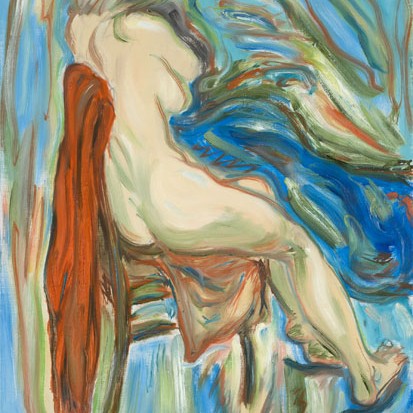
Istub (Sitting)
2001. Oil, canvas 55 x 48 cm (framed)
HAUS GALLERY XX ART AUCTION, 2007 spring. Contemporary Art ArtDepoo 05.04.2007-17.04.2007
1 598
Final price: 1 821
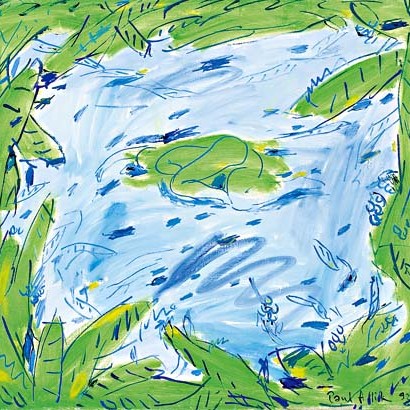
Nümf
1992. Oil, canvas 70 x 80 cm
HAUS GALLERY XVIII ART AUCTION, 2006 spring. Contemporary art ArtDepoo 18.04.2006
2 684
Final price: 2 684
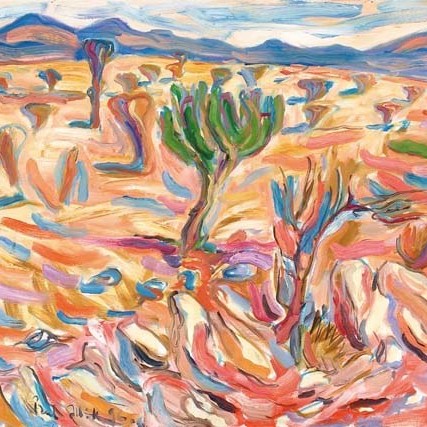
Usspass (Namiibia)
1996. Oil on canvas 64 x 70 cm
HAUS GALLERY XVIth ART AUCTION, 2005 spring Haus Gallery 25.04.2005
1 726
Final price: 2 141
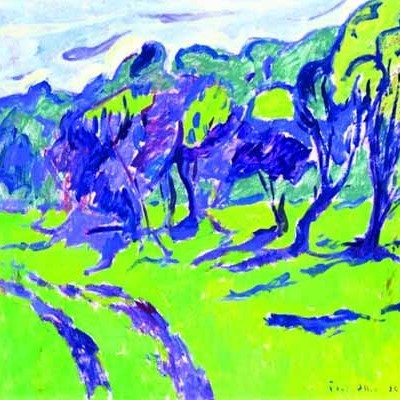
Esimene rohelus
1986. 65 x 72 cm
HAUS / X AUCTION, 2002 spring Haus Gallery 09.05.2002
1 470
Final price:
Appearance in exhibitions

Lying Nude
1995. Oil, cardboard 50 x 60 cm (framed)
ESTONIAN ART CLASSICS AUCTION Haus Gallery 13.10.2024-06.11.2024
price: 4 600
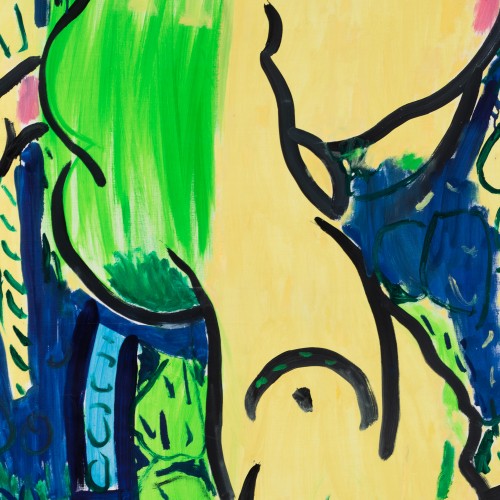
Nude with Green Hair
1991. Oil, canvas 132 x 88 cm (not framed)
1990s in Estonian art Haus Gallery 19.08.2024-28.09.2024
price: 12 000

Nature Morte
1999. Acrylic, canvas 97 x 130 cm (not framed)
1990s in Estonian art Haus Gallery 19.08.2024-28.09.2024
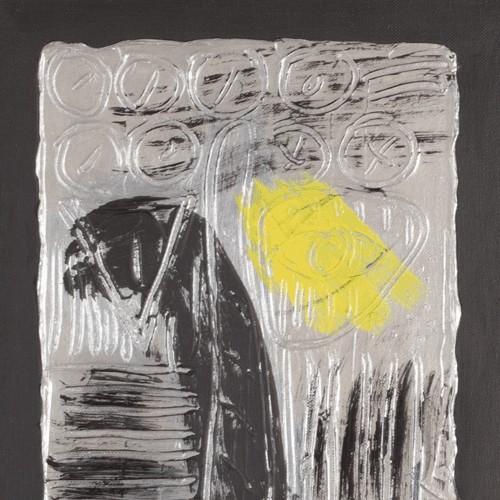
Play On Silver II
2000. Acrylic, canvas 40 x 30 cm (not framed)
HAUS GALLERY Haus Gallery 16.01.2024
price: 2 400
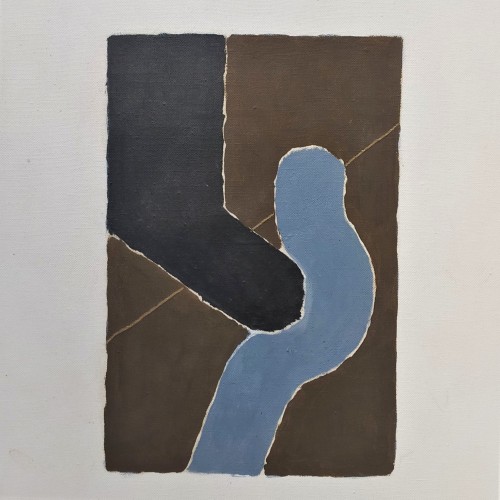
Composition
1995. Oil, canvas 45 x 35 cm (not framed)
HAUS GALLERY Haus Gallery 16.01.2024
price: 2 000
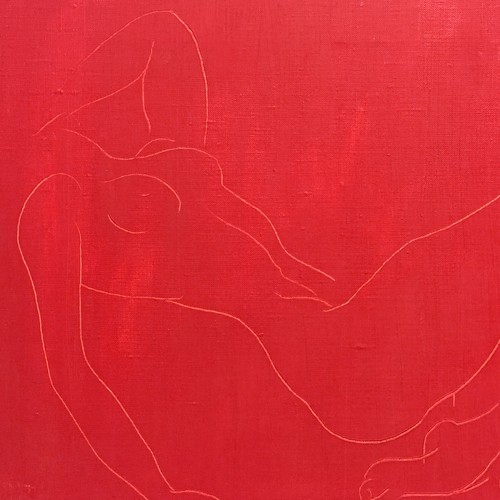
Helena
2000. Oil, canvas 40 x 50 cm (not framed)
HAUS GALLERY Haus Gallery 16.01.2024
price: 2 700
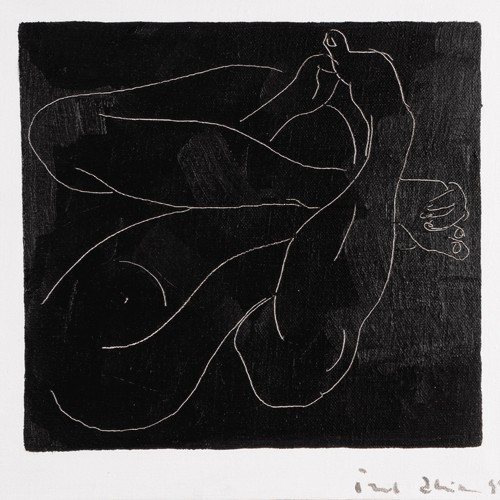
Nude on Black (Morning III)
1999. Oil, acrylic, canvas 30 x 31.5 cm (not framed)
HAUS GALLERY Haus Gallery 16.01.2024
price: 1 600

Nude with Green Hair
1991. Oil, canvas 132 x 88 cm (not framed)
HAUS GALLERY Haus Gallery 21.11.2023
price: 12 000
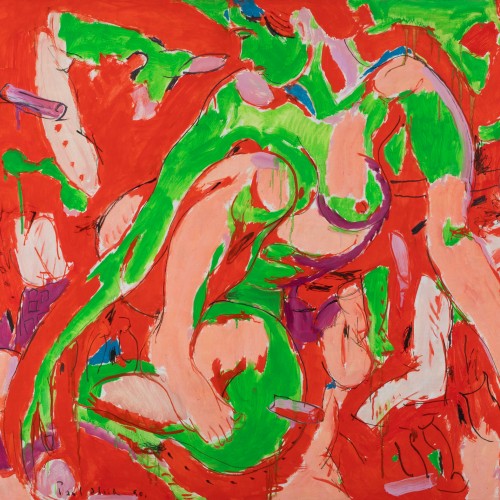
Disappointed
1990. Oil, canvas 95 x 120 cm (not framed)
HAUS GALLERY Haus Gallery 21.11.2023
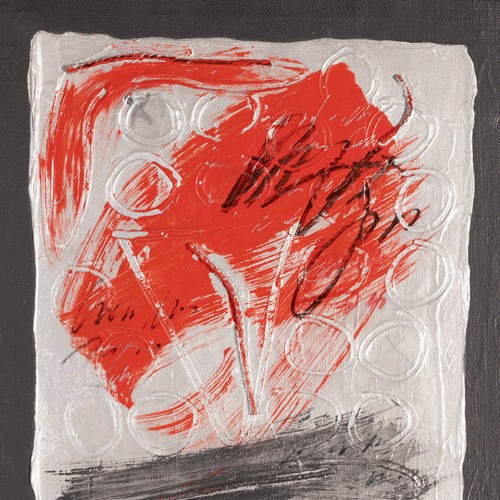
Game
2000. Acrylic, mixed media, canvas 40 x 30 cm (not framed)
HAUS GALLERY Haus Gallery 21.11.2023
price: 2 400

Play On Silver II
2000. Acrylic, canvas 40 x 30 cm (not framed)
HAUS GALLERY Haus Gallery 21.11.2023
price: 2 400
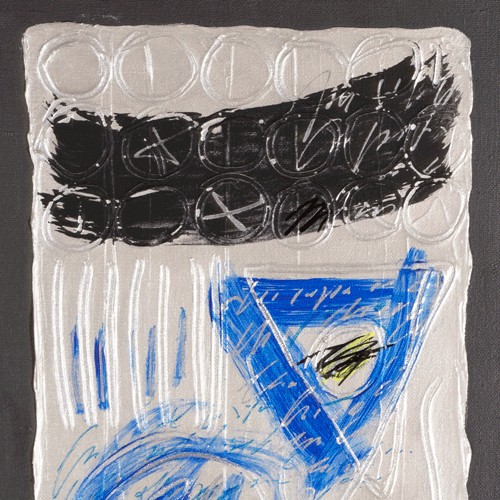
Play on Silver III
2000. Acrylic, canvas 40 x 30 cm (not framed)
HAUS GALLERY Haus Gallery 21.11.2023
price: 2 400

Reclining Nude in Grey Light
1999. Mixed media, paper Lm 30 x 42 cm (framed)
Haus Gallery 24.01.2023-06.02.2023
price: 1 200

An Idyl With a Green Table
1989. Oil, canvas 114.5 x 140 cm (framed)
Haus Gallery 24.01.2023-06.02.2023
price: 11 000
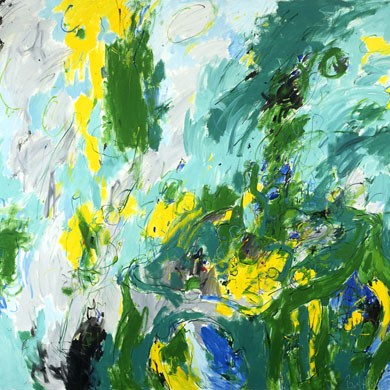
Roheline laud
1989. Oil, canvas 180 x 150 cm (not framed)
ArtDepoo 24.09.2008-11.10.2008
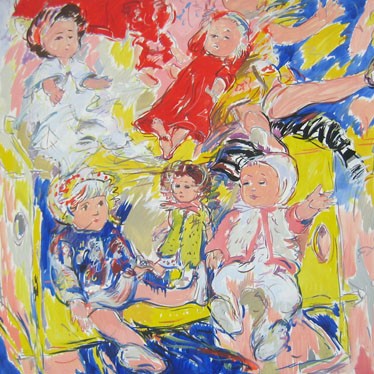
Nukunurk
1987. Oil, canvas 79 x 98 cm (not framed)
ArtDepoo 24.09.2008-11.10.2008
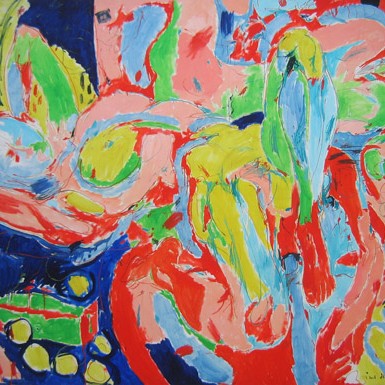
Akt sidrunitega
1992. Oil, canvas 100 x 145 cm (not framed)
ArtDepoo 24.09.2008-11.10.2008
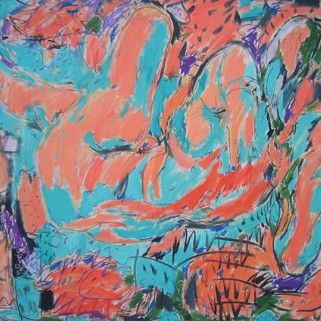
Patsiga
1990. Oil, canvas 140 x 110 cm (not framed)
ArtDepoo 24.09.2008-11.10.2008
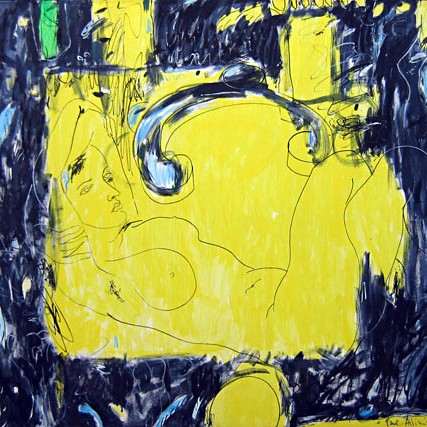
Üks naine toas
1992. Oil, canvas 160 x 175 cm (not framed)
ArtDepoo 24.09.2008-11.10.2008
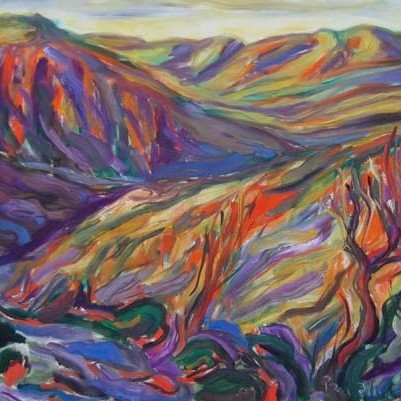
Kupferberg pass
1996. Oil on canvas 64 x 74 cm
1 Haus Gallery 14.04.2005-20.05.2005
price: 383
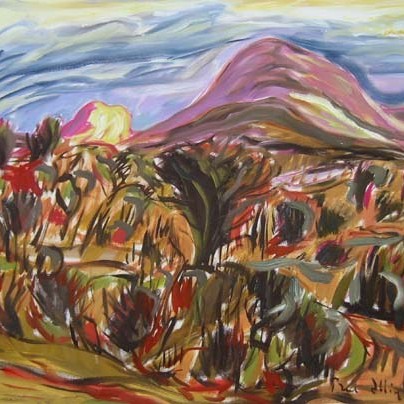
Auas mountains, Aris directions
1996. Oil on canvas 64 x 74 cm
1 Haus Gallery 14.04.2005-20.05.2005
price: 383
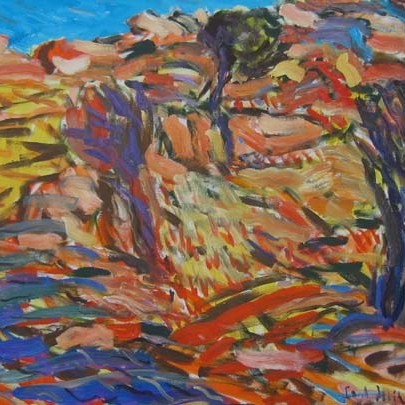
Auas mountains II
1996. Oil on canvas 64 x 70 cm
1 Haus Gallery 14.04.2005-20.05.2005
price: 383
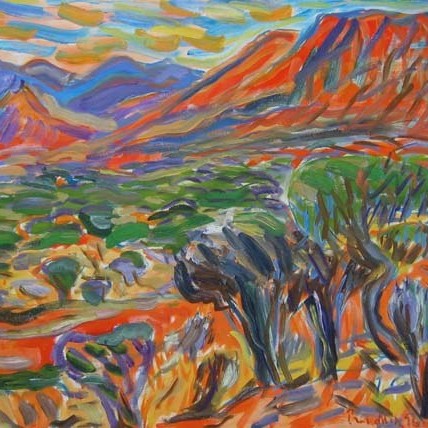
Savann Auase mäestikus
1996. Oil on canvas 64 x 70 cm
1 Haus Gallery 14.04.2005-20.05.2005
price: 383
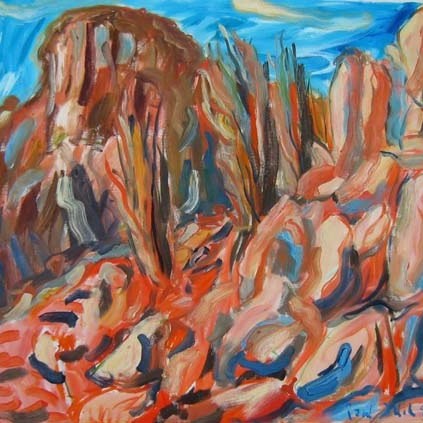
Auas mountains III
1996. Oil on canvas 64 x 70 cm
1 Haus Gallery 14.04.2005-20.05.2005
price: 383
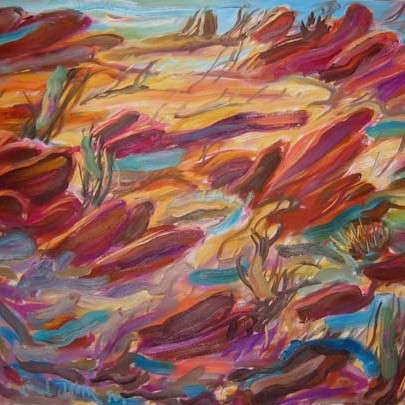
Matchless mine I
1996. Oil on canvas 64 x 74 cm
1 Haus Gallery 14.04.2005-20.05.2005
price: 383